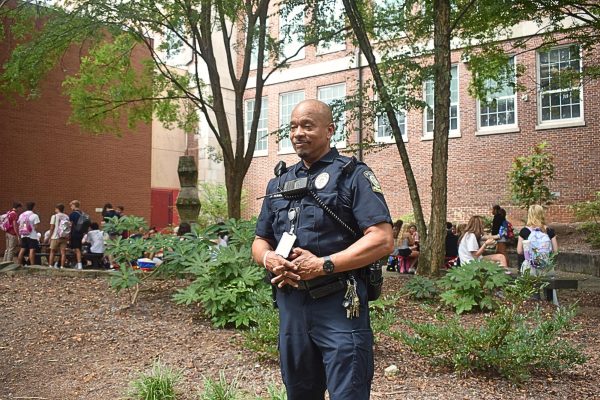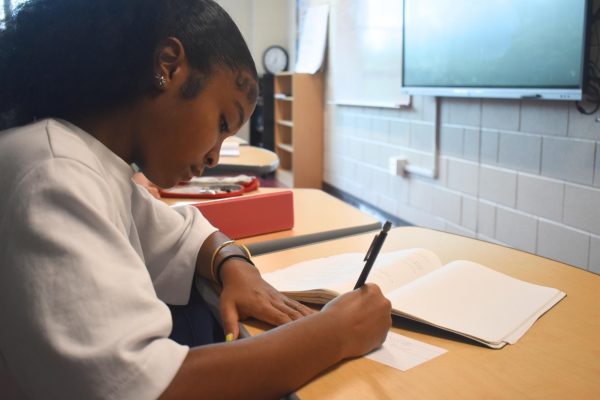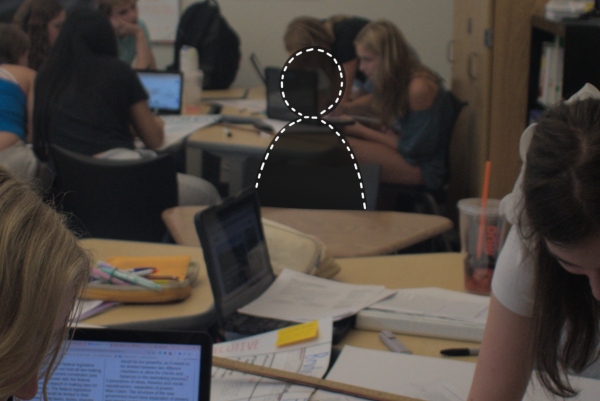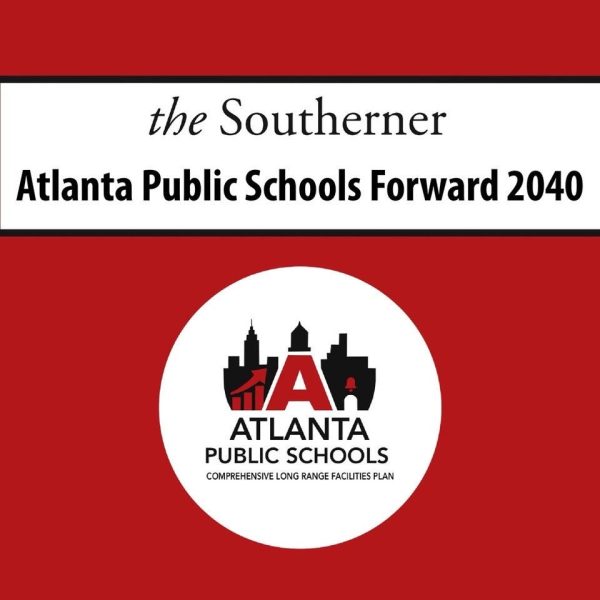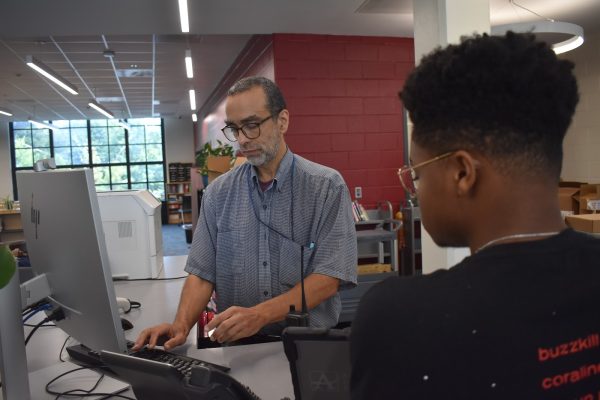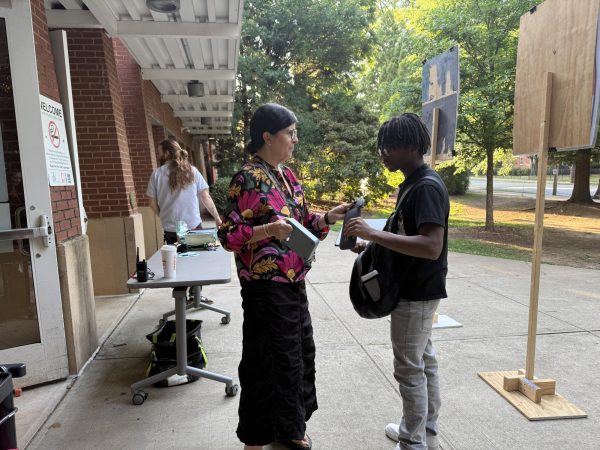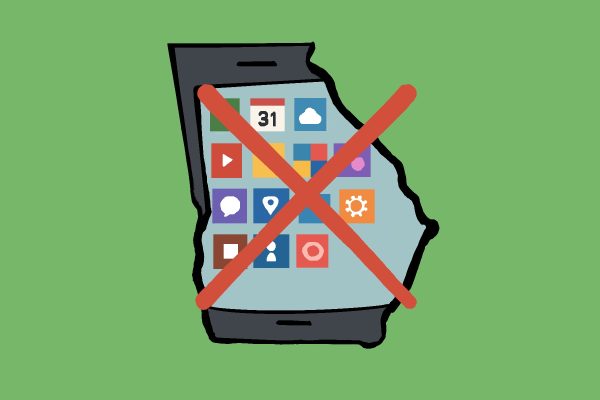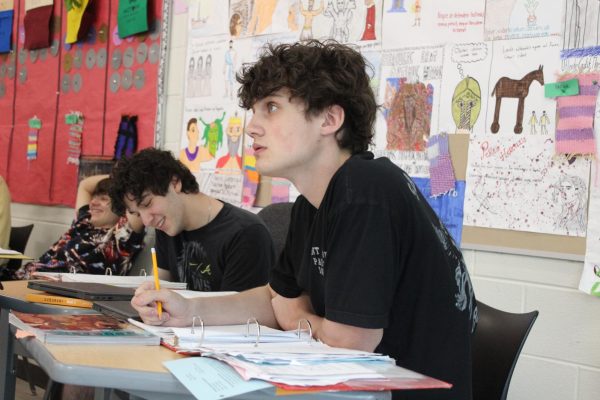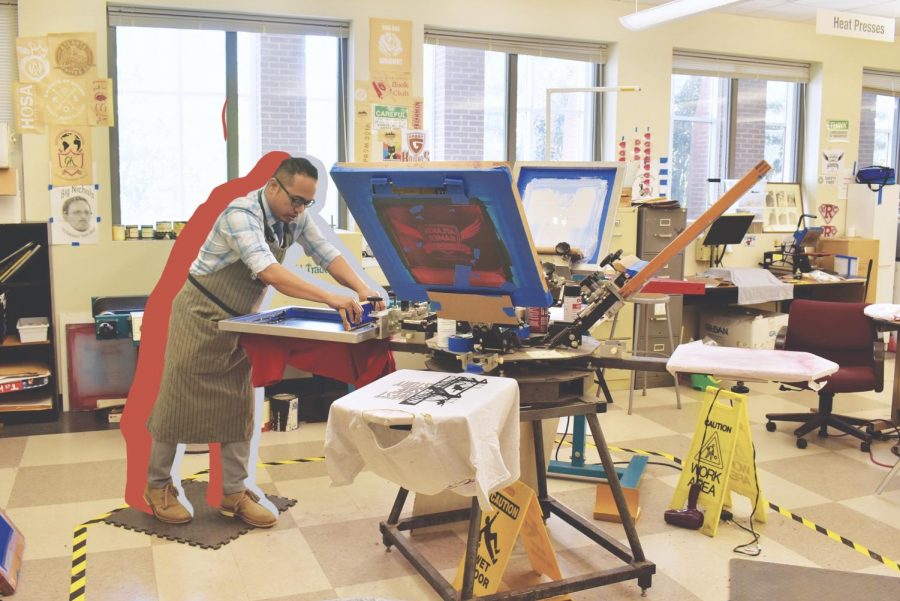Grady’s print shop cut after 25 years
OUT OF PRINT: Grady’s Graphic Communications pathway, incorporated into the school during Grady’s time as a communications magnet, will not be offered next year as a part of a school wide budget cut.
What is Grady High School? How do you sum up all of the efforts of one place into a single word, picture, or phrase? For graphic design teacher Paul Nicolson, it is easy.
Nicholson’s graphic design pathway has been responsible for the creation of Grady’s t-shirts, branding and multitudes of projects around the school. However, after nearly 25 years, Grady’s graphic design program is coming to an end. As a part of a school-wide overhaul following cuts from the Atlanta Public Schools’ budget, programs such as the graphic communications pathway will no longer be offered.
“That pathway, the graphic communications or graphic design pathway, was losing numbers … That’s why we are changing the pathway to engineering-technology,” said Principal Dr. Betsy Bockman. “Any new principal starts a process of change. One thing that I’ve really tried to look at, is what is best for the students based on what the students want.”
But the end of Graphic Communications hardly means the end of an insignificant program. Grady’s print shop has spent the last 25 years forming Grady’s uniquely personal identity, from designing the Grady ‘g’ that brands t-shirts, seals and the Walden practice field, to the sports logos and Grady paraphernalia that float through the halls.
“Paul was always that guy who did a whole bunch of unthanked tasks,” said AP Language and Composition teacher Lisa Willoughby. “He has designed many logos, produced t-shirts for many different organizations, clubs and teams, he has helped with the paper printing for programs [like graduation, etc]. A whole lot of the graphic imagery you encounter at Grady started with Paul Nicolson.”
Nicolson is a graduate of Mary Lin Elementary, Inman Middle, and Grady, Class of ‘89. After graduating from the Savannah College of Art and Design, he came to work for Grady, helping to form the print program as a part of Grady’s communication magnet program. The 2018-19 school year marked his 25th year teaching at Grady.
“Right after college, I was asked to come in and be a part of the family, and I said ‘Sure, why not?’” Nicolson said. “ And I have been here since.”
Students and teachers alike have seen Nicolson’s dedication to Grady and the school’s community.
“Anything he can do to try to get somebody to their solution, he is happy to do that, and he stays late; he comes in on weekends, he spends so much time in there making the jobs come through,” said art teacher John Brandhorst, who has worked with Nicolson for over 20 years at Grady. “Way more time than people realize.”
Many will see Nicolson’s legacy even after he leaves Grady.
“I’m glad that [his logo] will become the image for the future,” Brandhorst said. “That’s the gift of an artist. This identity will be what people see. That’s the Grady ‘g’, not the UGA ‘g’ or some of kind of thing. This is an indelible mark that most teachers will not get to make. That’s going to be a great legacy.”
However, Nicolson and the print shop have impacted Grady beyond just t-shirts. Former students have taken lessons from the program that have carried them through to college.
“What he taught was very informational and helpful in developing skills that I would have otherwise never have developed if there was not a graphic design program or print making program,” said Luke Lawson, a former student of Nicholson’s who studies art at Georgia State. “He helped me further my goals. The program taught me a lot about the design elements and being an artist and it helped with organizing my life. It gave me direction.”
Nicolson’s influence extends into the life at Grady as well. From coaching soccer and volleyball, to serving as an adviser for the Orator yearbook for 19 years, his contributions to the school have reached past graphic design.
“He kind of made it a thing that he would try to go to at least one game of each of the sports he could go to, he goes to almost all of the theatrical productions that we do; he’s very much a part of the broader community in terms of supporting other programs that are here at Grady,” Willoughby said. “I think we will really miss him.”
Willoughby remembers how Nicolson has carried his personality and influence to Grady even when he was in high school. She has been teaching at Grady for 34 years and taught Nicolson as a student when he attended Grady.
“The very first project that I worked with Paul on was when he was a student, and he designed a poster for a play that was one of the first plays I directed here called ‘Juvy,’” Willoughby said. “He was really excited and instrumental in that. After that year, we did a contest of students out of one of the art classes … and his poster design got selected to be the one we used for that show.”
The end of the print shop follows a shake up in the school that is based on statistics about the various classes and programs at Grady. While Nicolson respects the leadership at and the school’s vision, he notes that a lot of the value of the print program is not something that can be numerically recorded.
“Grady has always been a unit that a lot of people call family, where we knew each other, work with each other, go to each other’s events, and that spills into the lives of our children as well,” Nicolson said. “We knew the parents involved in extracurricular things with the families; a lot of those successes are not quantified.”
Nicolson sees the same kind of values in the program from the student angle as well.
“Nowhere does it say on any chart how many games some of us [teachers] attend because our students are there, how many plays we go to because our students are there, afternoons that the kids come by just because they want to say hello or they are waiting for their ride, how many kids stay in my room because I declared it a safe haven from bullying and discrimination,” Nicolson said. “We go beyond what is asked of us in our contracts, that we do care about students and their well beings.”
While many students and faculty are sad to see Nicolson and the print program leave, they are also looking to the future and reflecting on the impact of his past 25 years at the school.
“He is my brother here,” Brandhorst said. “I remember when he proposed to his wife; I remember when his daughter was born; there’s been good years and bad years, and we have seen each other through this. I’m going to miss that. It’s part of the deal; change is the only
constant. He’ll go on and he’ll find something else, but this is more than just a job for him. This is going to be a tough transition. I wish him all the best and want to let him know that I am always here for him, because he has always been there for me.”
Grady will continue moving forward, but certainly not without remembering the contributions of Nicolson and the print shop.
Despite the ending of the graphic design program, Nicolson does hope to continue to do design work for reunions and other events for Grady in the future.
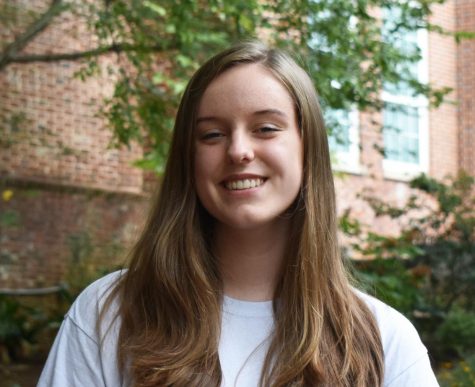
Tyler Jones is a senior in her fourth year writing for the Southerner. When she is not writing features on anything Atlanta, you can usually find her in...


